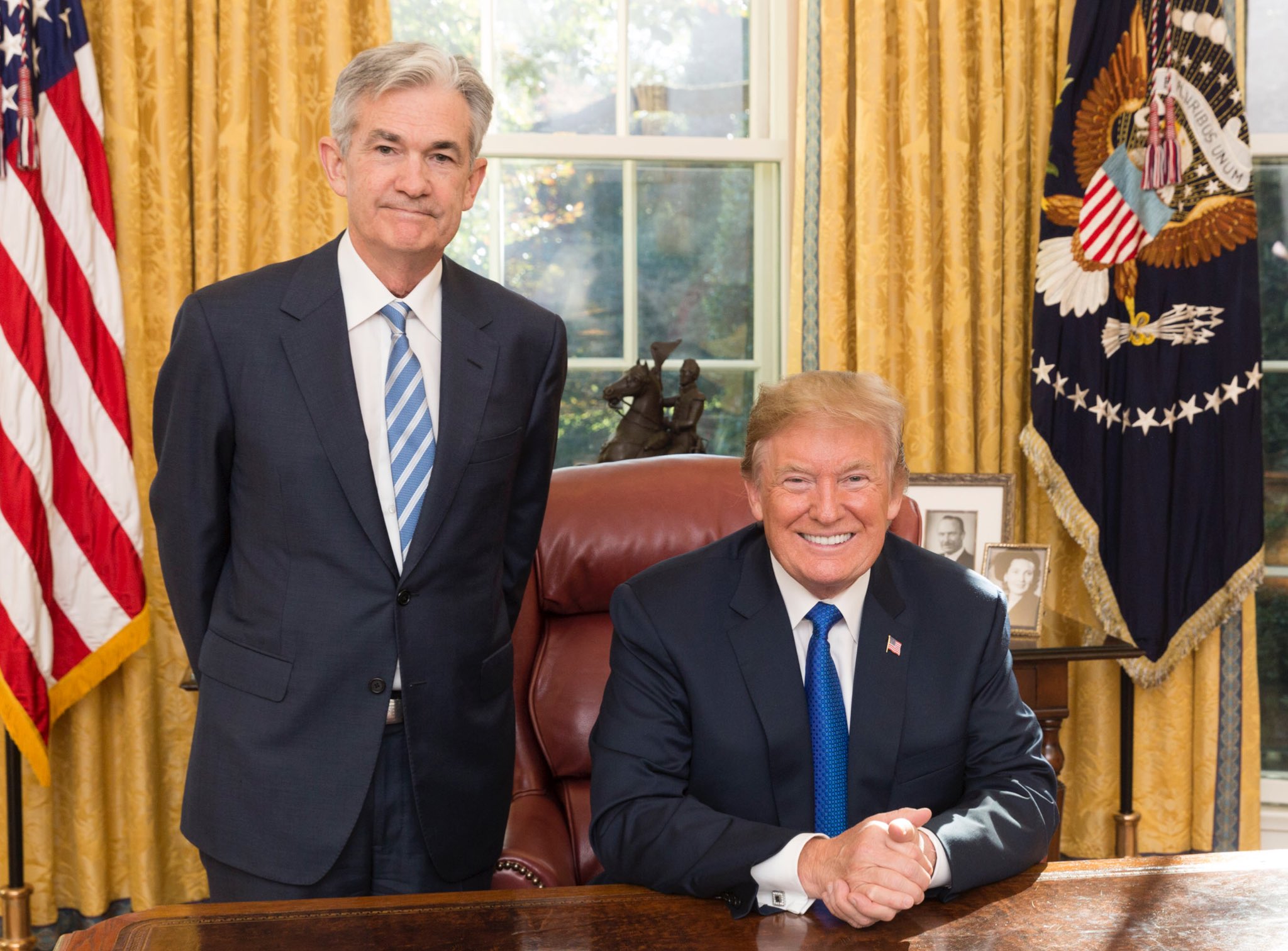The U.S. labor market showed signs of resilience as weekly jobless claims dropped to an 11-month low of 201,000 for the week ending January 4, according to Labor Department data. This marks a 10,000 decline from the previous week, reflecting a low pace of layoffs that continues to support the broader economy. While hiring has slowed, with private payrolls rising by only 122,000 in December, economists view the data as consistent with a stable labor market. The Federal Reserve is likely to keep interest rates unchanged in January, citing progress in curbing inflation while maintaining employment stability.
Despite the encouraging claims data, continuing claims—a proxy for hiring—rose by 33,000 to 1.867 million, suggesting that some out-of-work Americans face prolonged joblessness. Economists attribute part of this increase to seasonal adjustment challenges. Additionally, hiring remains sluggish compared to earlier months, with nonfarm payrolls projected to increase by 160,000 in December, down from 227,000 in November. These mixed signals highlight a labor market balancing low layoffs with slower job creation.
Market Overview:- Weekly jobless claims fall to 201,000, the lowest level in 11 months.
- Continuing claims rise by 33,000, reflecting a slowdown in hiring activity.
- Private payrolls increase by 122,000 jobs in December, below forecasts.
- Labor market stability supports expectations for a Fed rate pause in January.
- Economists forecast 160,000 nonfarm payroll gains in December’s report.
- Prolonged jobless spells remain a concern amid slower hiring trends.
- December’s employment report will provide key insights into labor market health.
- Fed policy decisions will balance inflation control with labor market stability.
- Markets will monitor hiring trends and unemployment rates in early 2025.
- Weekly jobless claims dropped to 201,000, the lowest level in 11 months, signaling a resilient labor market with historically low layoffs.
- The Federal Reserve’s likely decision to pause rate changes reflects confidence in the labor market’s stability, supporting broader economic growth.
- Private payrolls increased by 122,000 in December, demonstrating continued job creation despite slower hiring trends compared to earlier months.
- Low layoffs and stable unemployment rates provide a strong foundation for consumer spending, a key driver of economic growth in 2025.
- Seasonal adjustment challenges may have temporarily inflated continuing claims, suggesting underlying labor market strength remains intact.
- Continuing claims rose by 33,000 to 1.867 million, indicating prolonged joblessness for some workers and highlighting challenges in securing new employment.
- The slowdown in private payroll growth and projected nonfarm payroll gains of just 160,000 suggest weakening hiring momentum heading into 2025.
- Mixed labor market signals, including rising continuing claims and slower job creation, could complicate the Federal Reserve’s policy decisions on balancing inflation and employment stability.
- Persistent economic uncertainty and sector-specific weaknesses (e.g., manufacturing) may limit job growth and exacerbate long-term unemployment trends.
- Market volatility could increase if upcoming employment reports reveal further signs of labor market cooling or structural challenges in key industries.
The stability in jobless claims underscores a resilient labor market, even as hiring slows and prolonged unemployment challenges persist. Economists believe the Federal Reserve will take a cautious approach, maintaining its current interest rate stance to balance economic growth and inflation control. The labor market’s mixed signals, including rising continuing claims, add complexity to future policymaking.
As markets digest these developments, the upcoming December employment report will play a pivotal role in shaping expectations for U.S. economic performance in 2025. With nonfarm payrolls projected to slow, the focus will remain on whether the labor market can sustain its low-layoff environment while boosting hiring and reducing long-term joblessness.




